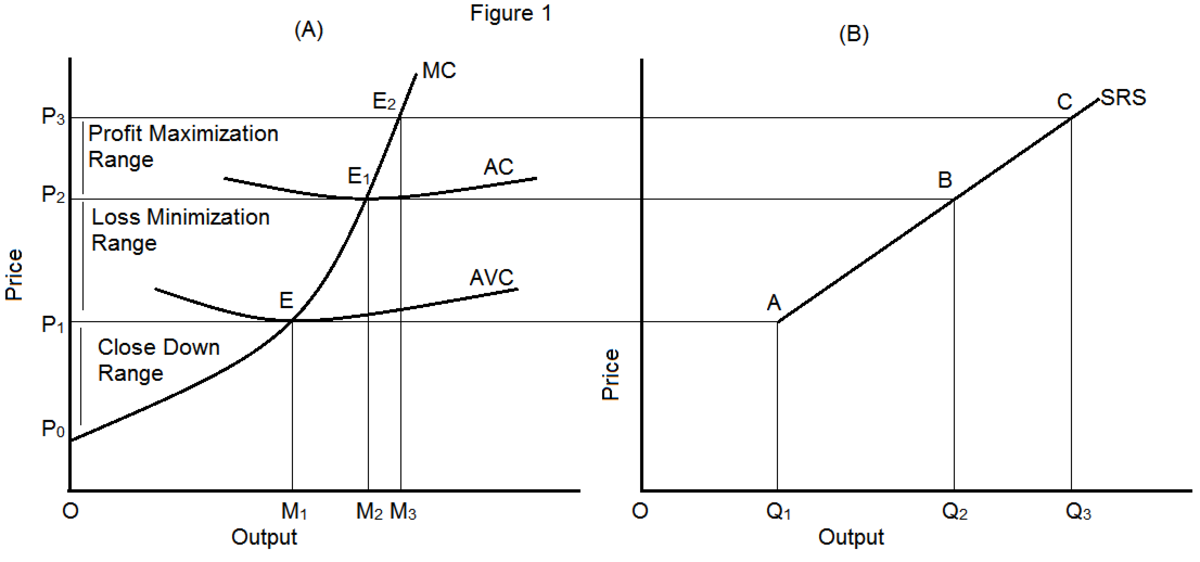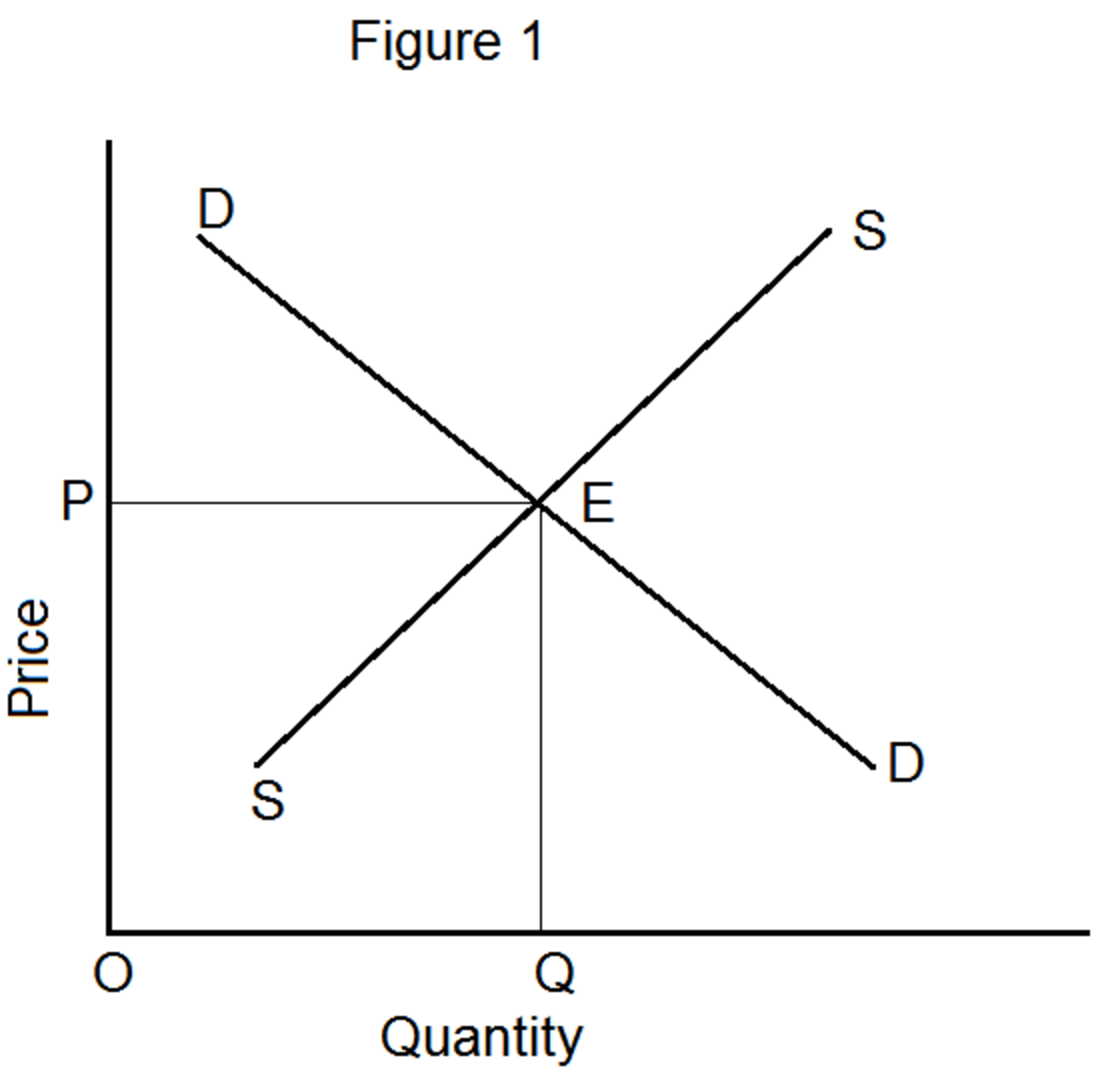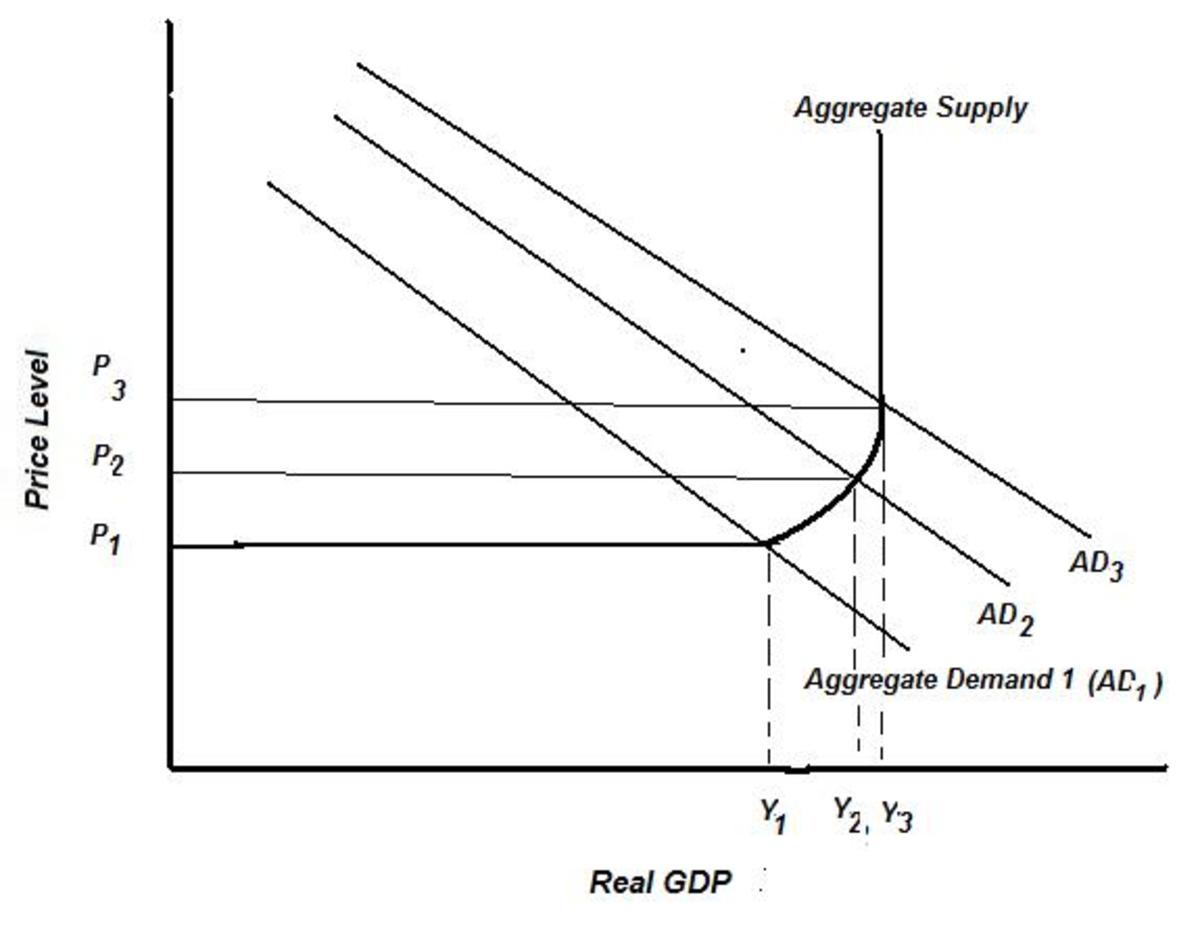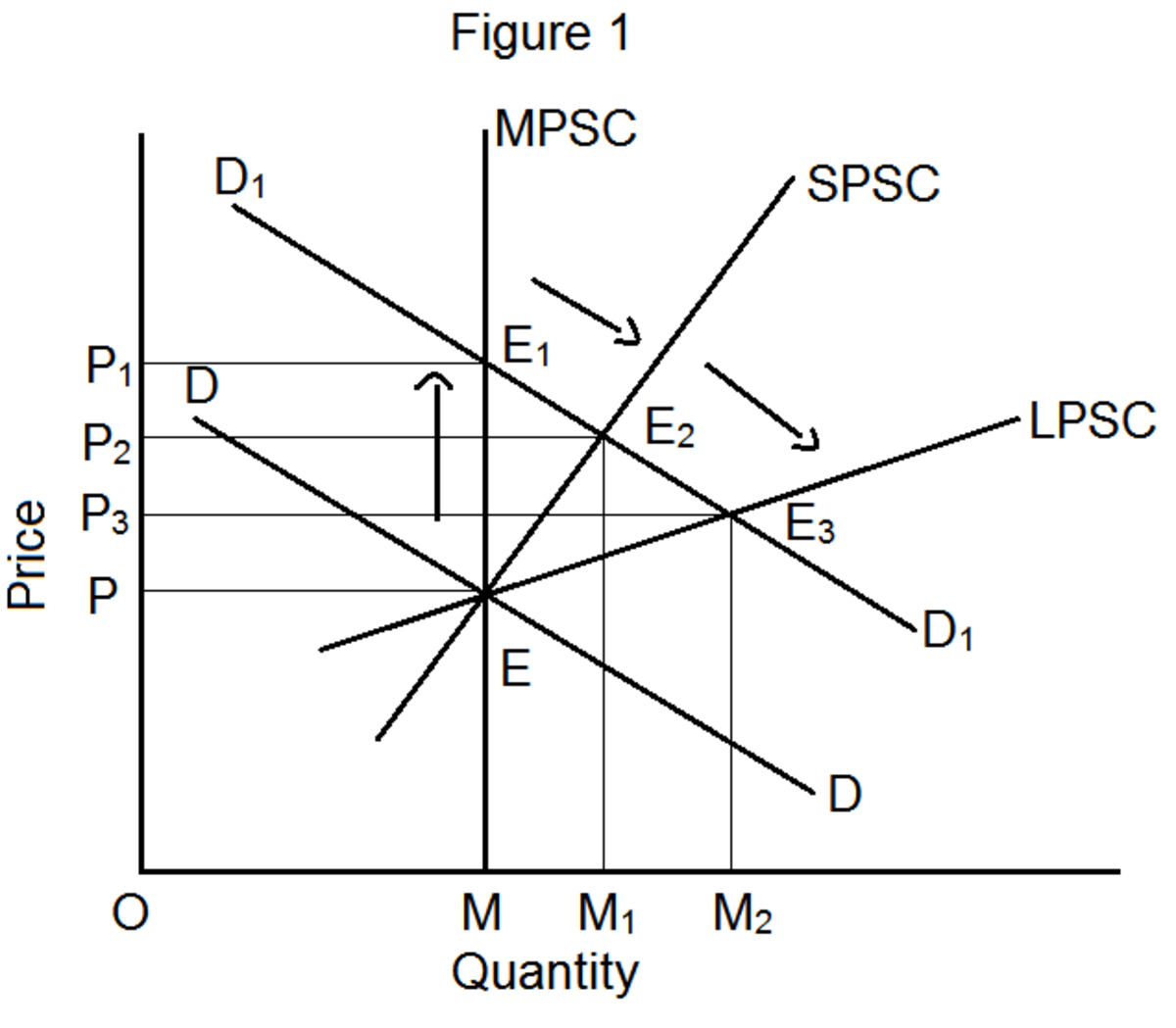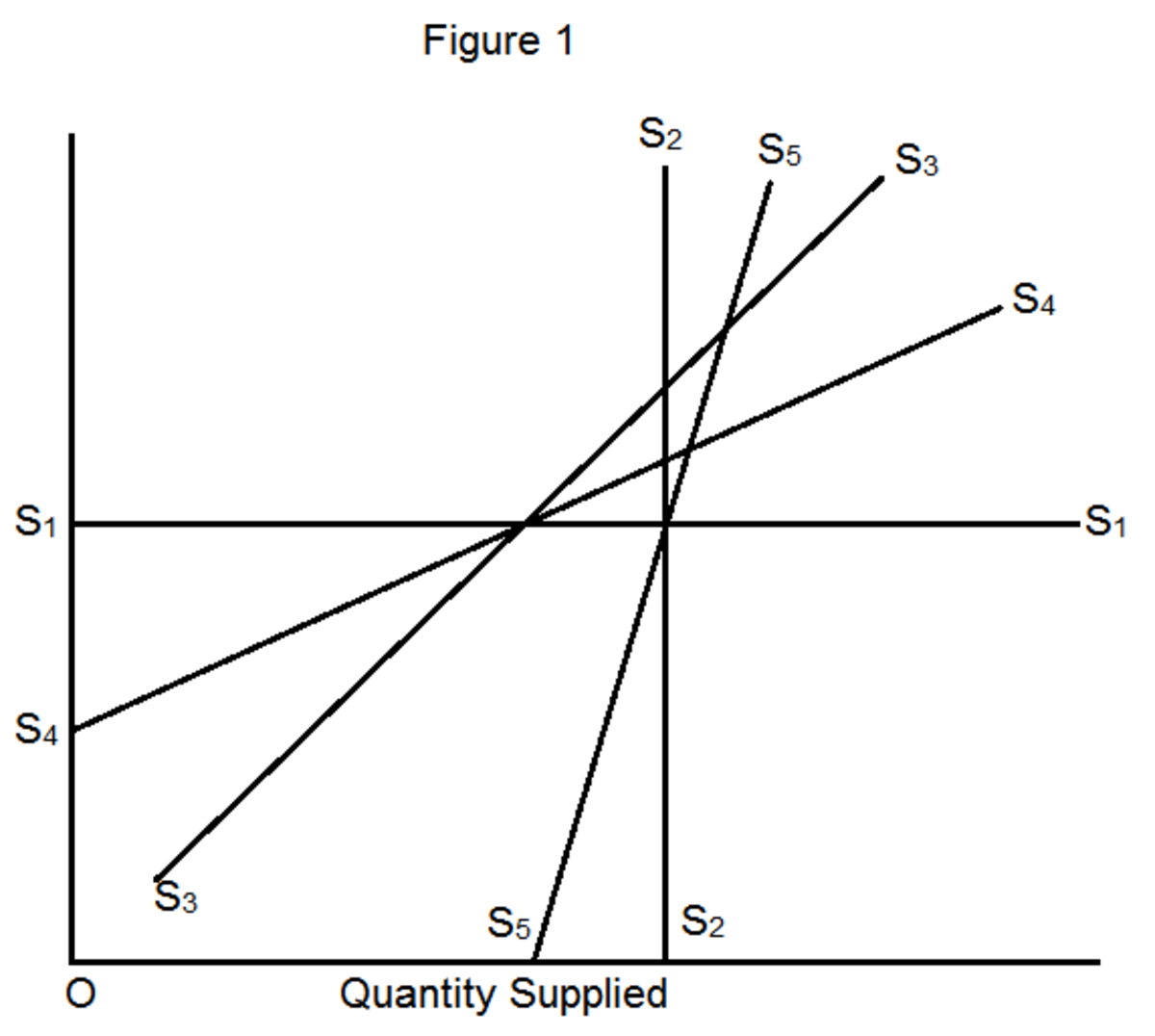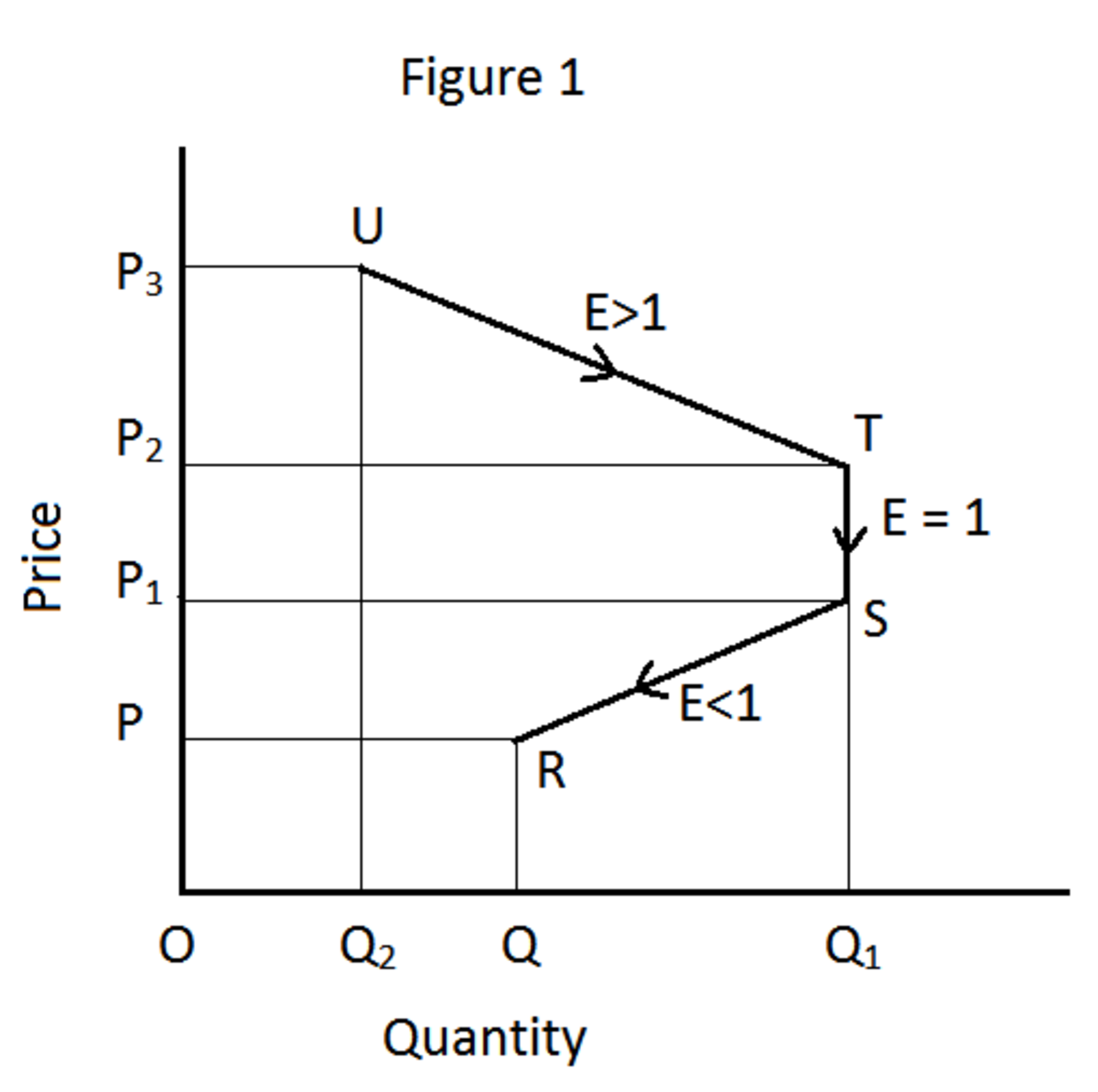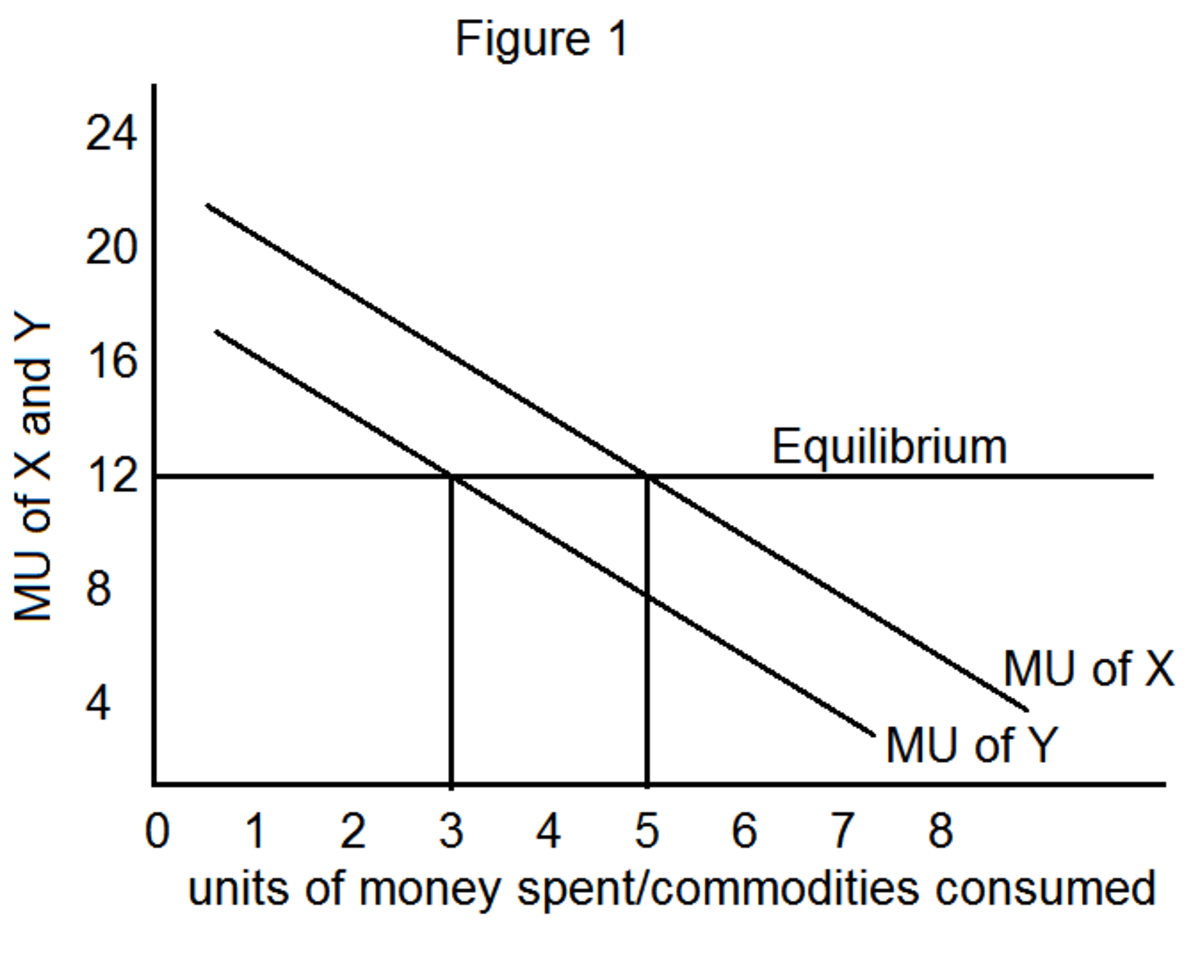How does 'Supply' Differ from 'Stock'? And What are the Factors Determining the Supply of a Commodity?

Supply and Stock
The word “Supply” implies the amount offered for sale at a given price. Like demand, supply is always at a price and it relates to a point of time. The relationship between price and quantity is inverse in the case of demand. However, in the case of supply the relationship between the two variables price and quantity is direct.
Supply is different from stock. The term “stock” implies a fixed quantity while the term “supply” implies that the amount offered can be increased or decreased. Stock is the actual quantity of a commodity, which can be brought into the market for sale at short notice. Supply refers to that part of the stock, which is actually offered for sale at a given price in the market. In the case of perishable commodities like flowers, fish and vegetables, supply and stock are the same because all the stock must be disposed off at the current market price and cannot be held back. However, in the case of durables, if the current market price is not profitable, then it can be held back. In short, stock is potential supply.
Factors Determining the Supply of a Commodity
The supply of a commodity depends upon the following factors:
1. Objectives of the Firm
Different firms may follow different objectives. Some firms may be interested in maximizing profits, while others may be interested in sales or revenue maximization or satisfying etc. The amount of commodity supplied is often influenced by the objectives of the firm. Normally, sales maximization firm’s output will be greater than the profit maximization firm’s output.
2. State of Technology
Technical improvements reduce the costs of production enabling a shifting of the supply curve to the right. Similarly, obstacles in the existing technology increase costs of production, forcing a shift in the supply curve to the left. A constant state of technology keeps the supply curve at the existing level.
3. Political Disturbances
Political disturbances may destabilize trade and thus create a scarcity for certain kinds of goods.
4. Government Policy
Any change in the government’s policy will affect the supply. If the government imposes an excise duty on a particular product the firm may supply the same amount of it at a higher price or reduce its supply at the same price. It implies that the imposition of an excise duty causes a leftward shift in the supply curve. A subsidy, on the other hand by decreasing costs, would enable the supply curve to move to the right.
5. Future Price Expectations
The supply of a commodity in the market at any time is also influenced by the seller’s expectation of future prices. If the sellers anticipate in future a rise in prices, they may reduce the present supply of the product. On the contrary, if they expect a fall in prices in future they will be tempted to sell more at the current price.
6. Industrial Peace
The existence of industrial peace is a precondition for regular supply. If the industry is subject to strikes or lockouts, it will have its impact on the supply of the commodity.
7. Natural Factors
Natural factors like changes in weather conditions, floods, drought, pest attack etc. affect supply. This is more pronounced in agricultural production. Moreover, the occurrence of abnormal or extraordinary situations like war, fire etc. also affect the supply of products.
8. Prices of Factors of Production
The cost of production is an important item affecting the supply. A fall in input prices will reduce the cost of output. As a result, more quantity could be supplied at the old price or, the original quantity could be produced at a lower price. A rise in the prices of inputs will have the opposite effect.
9. Price of the Good which is to be Supplied
Ceteris paribus, the higher the price of a commodity, the larger will be its supply.
10. Prices of Other Goods
The supply of a commodity depends upon the prices of other goods also. For example, if the price of good X rises, the producer of good Y may switch over his production to good X as it has become relatively more attractive than the price of Y.
11. Number of Firms or Sellers
Supply of a commodity in a market depends upon the number of firms involved in the production and distribution of the product in the market. When the sellers are few, the supply will be limited. On the contrary, if the producers and sellers are large, the supply will also be large.
12. The Entry of New Firms
The entry of new firms into the industry will also affect the supply. In the short run, the existing firms may earn abnormal profits. This will induce other firms to enter into the industry. On the contrary, if some of the existing firms are incurring losses, some firms will leave the industry. Therefore, the supply will decrease.
13. Discovery of New Raw Materials
The discovery of new raw materials will reduce the cost of production but will increase the supply. However, the exhaustion of old supplies of raw materials will affect the supply.
14. Development of Transport
Development of efficient and quick means of transport will also increase the supply because it facilitates the movement of goods from one place to another.
15.Business Combinations
The existing firms may follow a policy of collusion in the form of cartels. In order to raise the price and profit, supply may be reduced by them.

